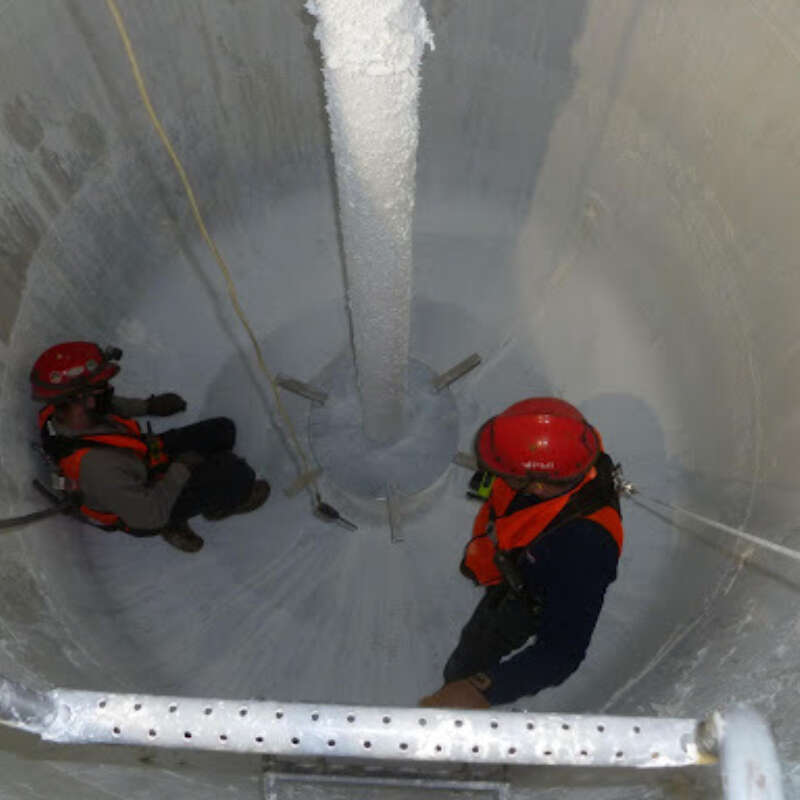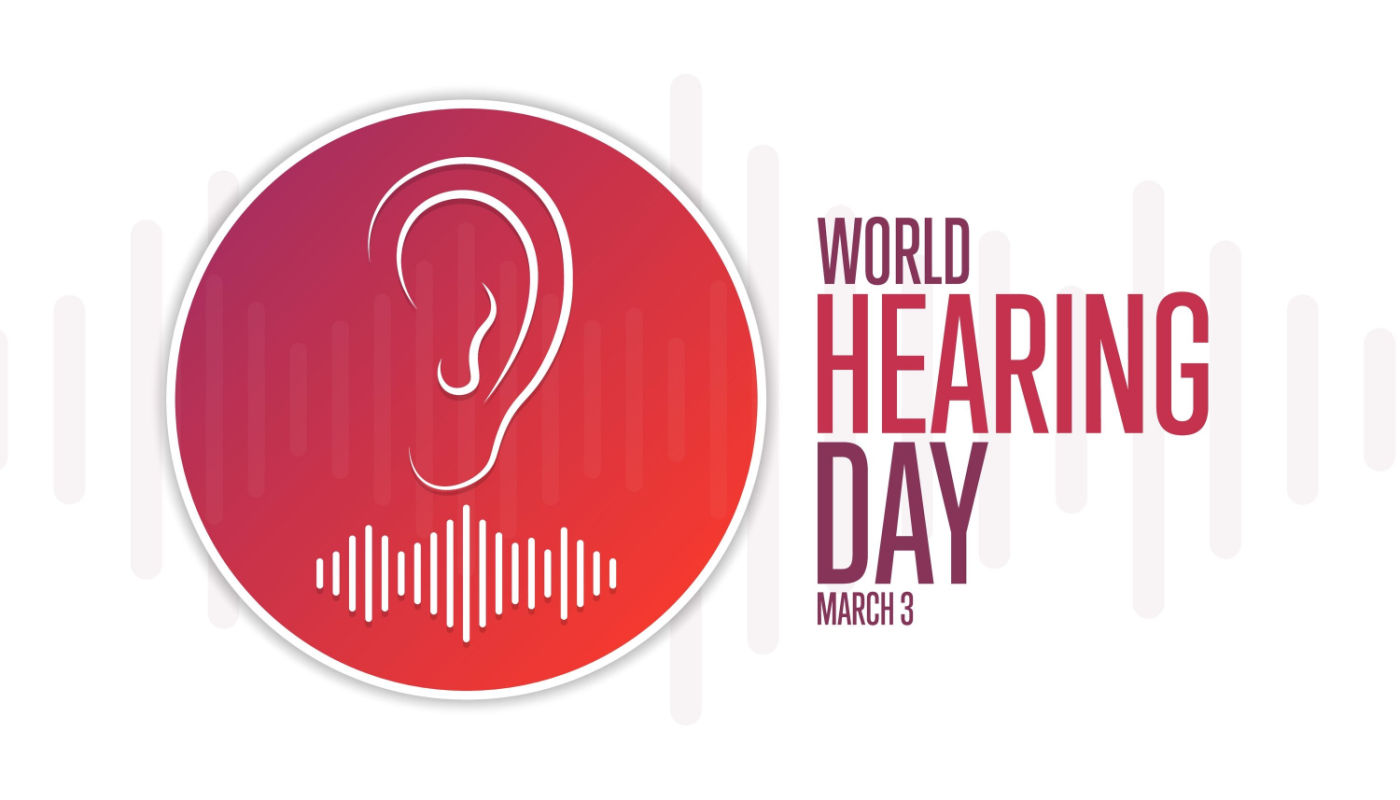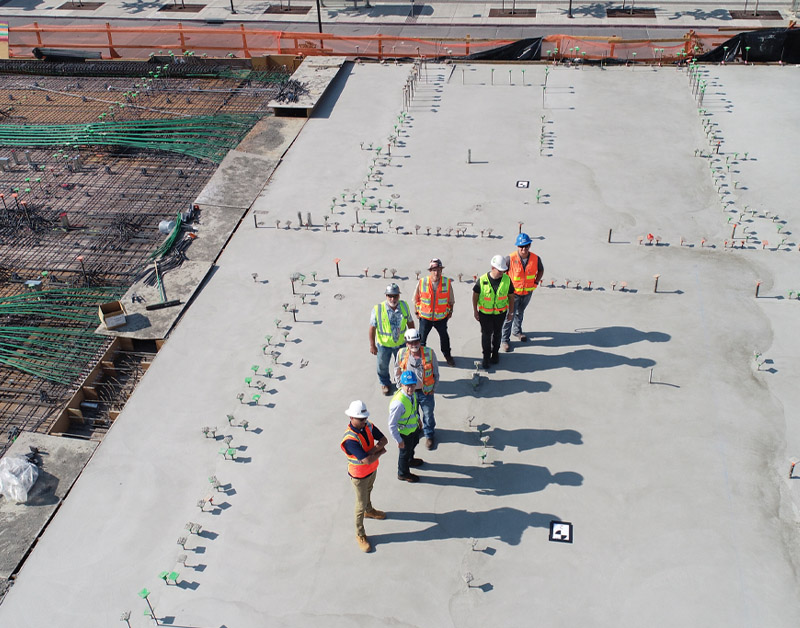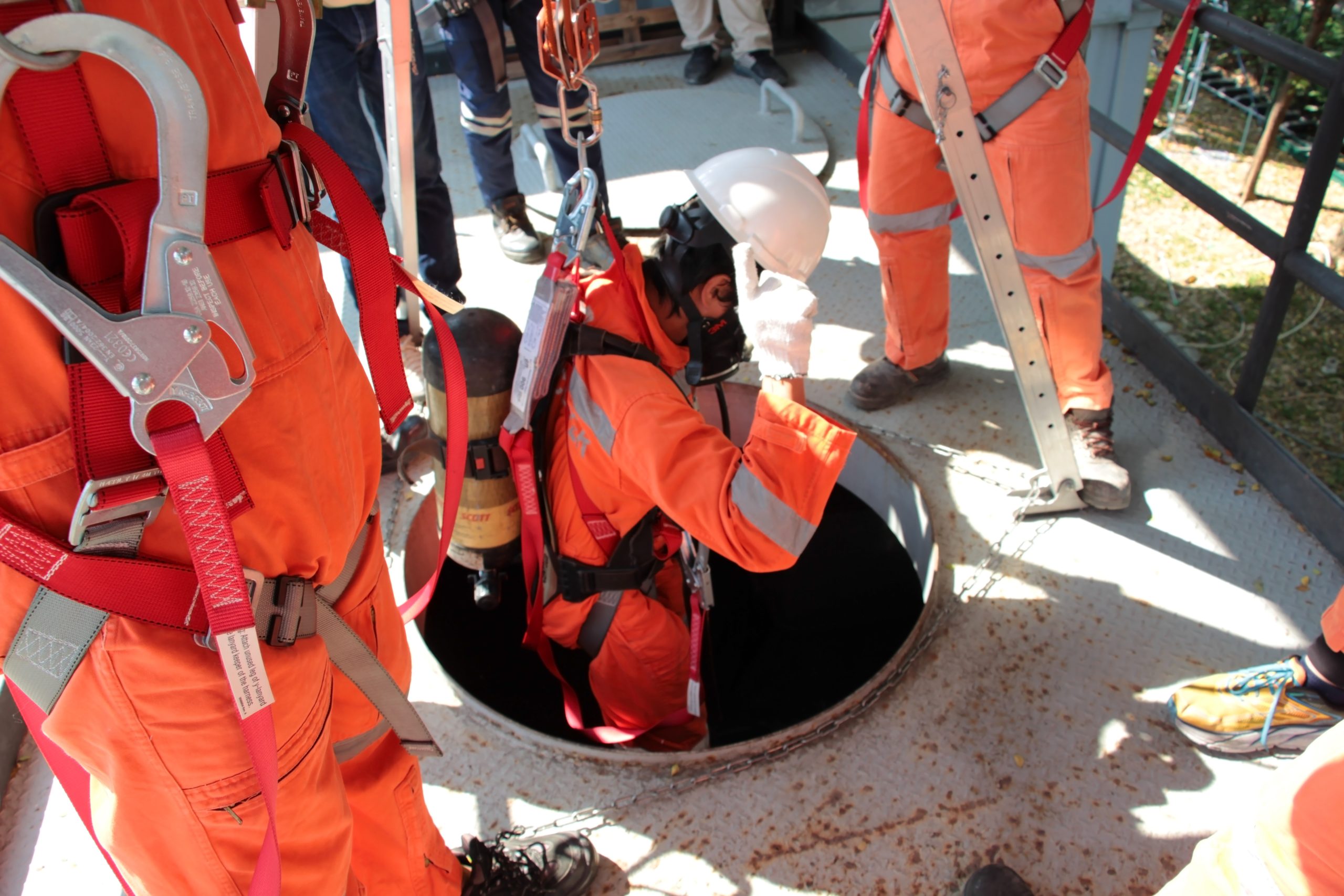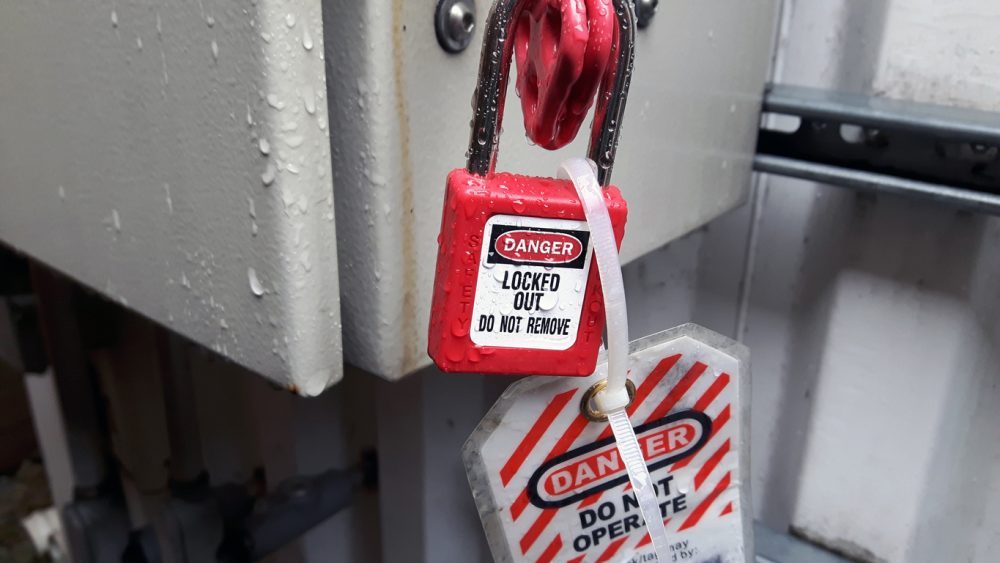Amerisafe Group’s Confined Space Rescue Services provide confined space stand-by and rescue services executed by highly trained rescue technicians. All staff are specifically trained in technical rescue (meeting both The Occupational Safety and Health Administration and NFPA requirements) and trained in emergency medical services (EMT and/or Paramedic certification).
What is a Confined Space?
A “confined space,” as defined by OSHA, is a work area large enough for a worker to enter and perform their work, but not designed for continuous employee occupancy. It has restricted means of entry and exit. Sometimes these spaces can present potential hazards such as insufficient ventilation, toxic substances, or engulfment risks. In construction, examples might include trenches, manholes, or the interior of a silo, where limited access and potential hazards are prominent. In general industry, these spaces can vary significantly. It might be a large storage tank requiring inspection, or the internals of a boiler needing maintenance. These spaces are designated as confined due to their limited entry points and the potential for hazardous conditions, emphasizing the importance of strict safety measures when working within them.
What is a Permit Required Confined Space?
Permit-Required Confined Spaces (PRCS) are spaces that meet the confined space definition set by OSHA and have one or more of the following characteristics:
- They contain or could contain a hazardous atmosphere: An example from construction might be a sewer manhole with potentially hazardous gasses. In general industry, a chemical storage tank could contain toxic fumes.
- They contain a material that has the potential for engulfing the entrant: A construction example could be a sand or gravel-filled trench that poses a risk of collapse and engulfment. In general industry, a grain silo could pose a similar engulfment hazard.
- They have an internal configuration that could trap or asphyxiate an entrant: In construction, this could be a complex pipeline with limited egress points. In general industry, a boiler or a reactor vessel could have a similar configuration.
- They contain any other recognized serious safety or health hazard: This could include electrical hazards, heat stress, or mechanical hazards. In construction, a confined space with exposed wiring would fall under this. In a general industry scenario, a small, poorly ventilated room where welding is taking place could become a PRCS due to the potential for a hazardous atmosphere and heat stress.
It’s crucial to note that before anyone enters these spaces, employers must issue a permit certifying that the space is safe for entry and work. This permit system is designed to protect the safety and health of the workers.
When is a Confined Space Rescue Team Required?
According to OSHA regulations, a confined space rescue team is required when workers are performing tasks in permit-required confined spaces (PRCS). The specifics of the tasks, hazards involved, and the layout of the space can pose serious risks, hence necessitating a dedicated rescue team.
Rescuers must be highly trained, not just in general rescue operations, but in confined space rescue specifically, as these operations can be complex and high-risk. Training includes, but is not limited to, first aid and CPR, hazard recognition, use of personal protective and rescue equipment, and rescue techniques. The team should also conduct regular practice drills to stay sharp.
Meeting these requirements can be a daunting task, as it demands significant time, resources, and commitment, and if your plan is to use 911, that’s not a plan according to OSHA.There’s also the burden of maintaining and periodically replacing rescue equipment, which can be costly.
However, companies have an excellent alternative: hiring Amerisafe Group’s Confined Space Rescue Team. This team is made up of rescue professionals who have already undergone the necessary training and regularly update their skills. We come equipped with the best available rescue equipment and our employees are expertly trained on a frequent and regular basis, alleviating the need for a company to acquire and maintain its own staff and equipment. Employing Amerisafe’s team can save a significant amount of time and money and ensure compliance with OSHA regulations, allowing companies to focus on their core operations.
As the employer you will still have the following responsibilities:
Hired Services
It is the responsibility of the employer to:
Evaluate the ability of the combined space rescue services teams’ response time (depending on the hazard) and the rescue team’s ability to rescue employees in a time-sensitive manner.
- Select a rescue operations team that can reach the space in the appropriate rescue time frame, be equipped for and proficient in the needed rescue, and notify the employer immediately if the service becomes unavailable.
The employer is also responsible for informing the rescue service team of hazards they may face during any rescue attempt.
Also, they are to provide the rescue team access to all permit-required confined spaces to develop realistic and accurate rescue plans and practice rescues that meet the standards of The Occupational Safety and Health Administration. This is something that Amerisafe Group can do as well.
In-House Services
The employer is required to provide all equipment and proper training at no cost to the employees on the rescue team. The employer must provide each individual employee with personal protective equipment(PPE), and all the necessary specialized rescue gear required to perform a safe rescue. Rescue service team members are required to be trained and certified in basic first aid and CPR, patient packaging, retrieval systems selection and use, and air monitoring equipment as well as numerous other technical protocols.
About Amerisafe Group’s Confined Space Rescue
Amerisafe Group has a unique approach to confined space rescue to ensure safety and efficiency. Our confined space rescue activities include:
- Specific rescue team assignments – Leads, supports, attendants, and incident commanders are established ahead of time on the rescue plan.
- Preparation before onsite operations begin (including mock rescues)
- Technical rescue equipment (each of our trailers are equipped with the best and most up-to-date rescue equipment needed for your operation)
- Assistance with scene management
Our professional rescue teams are trained in technical and emergency response medical services. Our operations are as follows:
- Complete air quality control activities. This includes air quality evaluation, ventilation, and the use of IDLH respirators for both entrants and rescuers.
- Enter confined space while adhering to OSHA 1910.146 or 1926 Subpart AA.
- Removal of entrants in a swift and orderly manner.
- Package victim(s) and safely remove them to a predesignated area for advanced medical support or transportation by local emergency services.
- Begin EMS first aid and/or CPR care, and summon outside fire/rescue services if needed.
Amerisafe Group is proud to provide additional rescue service resources, including technical rescue services, confined space compliance audits, rescue equipment, training, and fire safety services. Connect with our team today to see how we can help make your workplace safer for everyone.

